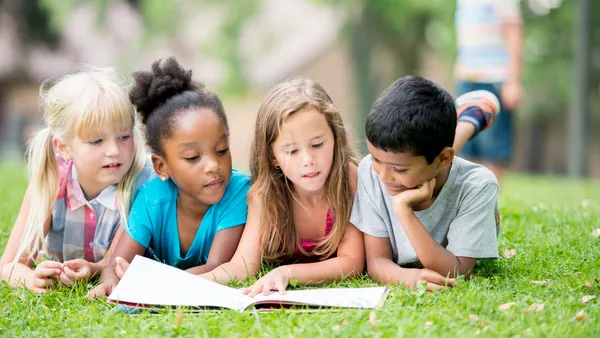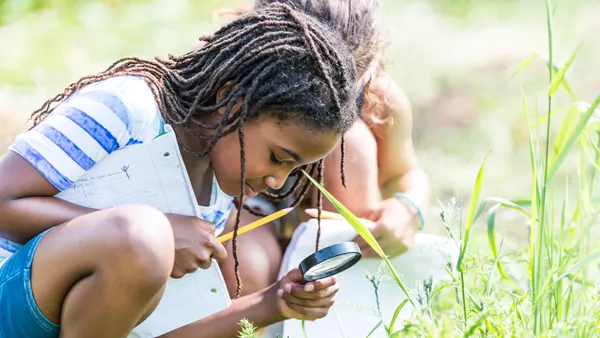Dive Brief:
- Chicago schools are changing the menus for their vocational classes, adding game design and aviation courses to the options high school students can sign up for this year, according to Chalkbeat. The goal is to attract students who may have left these neighborhood schools, which are facing declining enrollment numbers, for others they deem more rigorous.
- Schools are also including career-focused courses, many with a digital and 21st Century bend, which dovetails with a decision by Congress to grant $1.1 billion in funding to widen career educational classes in public schools.
- Chicago’s schools are adding classes through a process called “backward design.” Administrators are asking industry experts about what skills they believe students need, then designing classes that teach those tools. They hope to have students more prepared to potentially enter those fields after graduation.
Dive Insight:
With school choice on the rise, traditional public schools are competing not just for students, but also for their very existence. Schools receive funding based on their enrollment, and those numbers rise and fall based on how many students attend their specific campus. Chicago Public Schools, for example, face large numbers of unfilled seats and plummeting enrollment, leaving administrators to devise options for how to get students back into their classrooms.
Charter schools can appear to have splashier curriculum and classes, often because they don’t always have to adhere to traditional state academic standards. To appear equally attractive to students and parents, public schools are now being challenged to create more exciting courses that students may not be able to get elsewhere.
For districts that are stretched financially — and maybe can’t afford to hire new specialists and teachers — remote classes may be an option. It’s one path that the Buffalo School District is taking, reported The Buffalo News, expanding its Advanced Placement classes online for the 2018-19 school year. Schools could also choose to tap community and local experts to increase real-world learning opportunities in the classroom. Giving students more academic options may help schools appear more exciting and appealing to these young learners as well as to parents who are looking for the best education for their children.




 Dive Awards
Dive Awards








